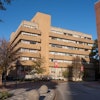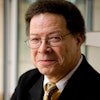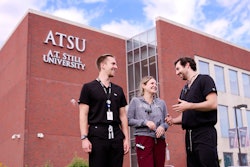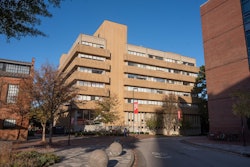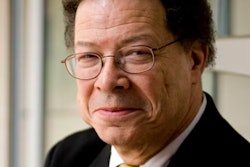Even on paper three decades ago, HIV, the virus that causes AIDS, invoked fear and loathing. Despite increased public awareness and billions spent in search of a cure, the disease still generates fear today.
It was June 5, 1981, when the Centers for Disease Control and Prevention in Atlanta published in its Morbidity and Mortality Weekly Report, or MMWR, a two-page account of an outbreak of pneumocystis pneumonia that was confounding the medical community and swiftly taking the lives of gay White men in Los Angeles. Dr. Michael Gottlieb, a UCLA professor, documented these first cases of HIV/AIDS in the United States.
A month later, another MMWR report surfaced as more deaths were reported among gay men with severely compromised immune systems from coast to coast. The findings indicated that the infection was being sexually transmitted. Not long after, cases of the same mysterious infection were appearing among vastly different groups: newborns and young children born to infected mothers, intravenous drug users, heterosexual men and women, and those who received HIV-tainted blood during transfusions.
As the disease has morphed into a global pandemic that is still without a cure, Black America battles the highest rate of new HIV infections and new AIDS diagnoses compared to any other racial group. Even in the early days of the disease in the United States — first largely identified as a disease of gay White men — Blacks constituted a disproportionate number of new AIDS cases reported between 1981 and 1983. By the late 1980s, Blacks led Whites in the number of new HIV infections. By 2006, Blacks were 7.3 times more likely than Whites to be infected, according to the Black AIDS Institute.
Diverse shares conversations and reflections from some HBCU stakeholders working on the front line of HIV/AIDS, both in the classroom and in the community. Diverse caught up with Cynthia Davis, a public health practitioner and nurse who has been at the epicenter of the HIV/AIDS crisis in Los Angeles since the early 1980s. The conversations included Dr. C. Perry Brown, a public health professor and epidemiologist at Florida A&M University. And Dr. Donald Alcendor of Meharry Medical College discusses his research on the impact that AIDS transmission is having on the health of young Black women and his efforts to use basic AIDS education and mentoring to save a community at risk in Nashville.
Their work grows more critical each day as AIDS continues to devastate Black America, a population that in 2007 represented 46 percent of the 1.1 million Americans living with HIV. And while only 12 percent of the U.S. population, Blacks comprised 45 percent of new HIV cases and 57 percent of annual AIDS-related deaths, according to findings from the CDC.
Meharry Medical College’s Donald Alcendor

